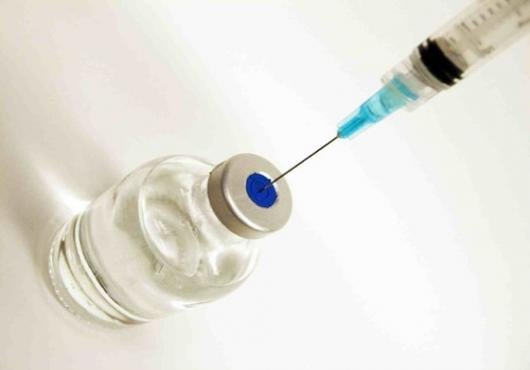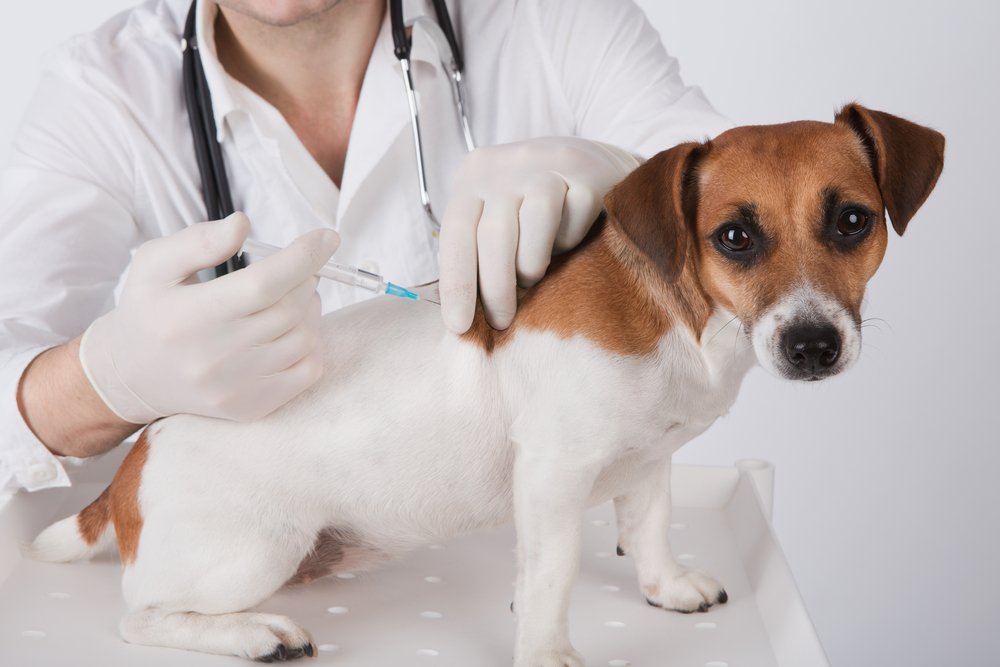
Vaccines are an integral part of the overall veterinary healthcare approach. Periodic vaccination helps in the prevention of various debilitating diseases in animals. Over the last decade or so, focus on pet humanization and increasing farm output has led to a higher demand for vaccination. The global veterinary vaccine market was valued at $5.68 billion in 2015.
Although global demand for veterinary vaccines is projected to remain steady in the long term, there are significant challenges from the supply side that demand immediate attention. The development of veterinary vaccines is a lengthy, high-investment process that requires an advanced level of know-how.
Only a small percentage of vaccinations make it to the market, and even after that, they are subject to scrutiny regarding side-effects and changing regulatory climate. In spite of these challenges, veterinary vaccinations are one of the most comprehensive preventive healthcare approaches. Their impact on human health is also immense as 75% of new pathogens emerge in animals first before making their way to humans.
Livestock commodities remain a key export product for many developing countries. However, recent assessments have shown that concerns about the spread of infectious diseases restrict developed countries from importing livestock products from countries where regulations on animal healthcare are lax.
According to the report titled "Global Veterinary Vaccines Market, By Technology Type (Inactivated Vaccines, Toxoid Vaccines, Live Attenuated Vaccines, Subunit and DNA Vaccines, Conjugate Vaccines), Animal Type (Companion Animal, Livestock Animal), and Geography - Trends, Analysis, and Forecast till 2024" published by Coherent Market Insights, the market for Veterinary Vaccines is expected to surpassUS$ 9.4 billion by the end of 2024 at a robust CAGR of 5.9% during 2016–2024.
Veterinary Vaccines: A Cost-Effective Method of Preventive Healthcare

Among the various veterinary products manufactured by pharmaceutical companies, vaccines comprise nearly 30% share. The key benefits of veterinary vaccines include,
- Easy, cost-effective and convenient health intervention that safeguards animals against infectious diseases.
- Relatively lower probability of side effects as compared to medications
- Contribute to human health by reducing the chances of the animal to human transmission of viruses.
- Help farm owners maintain product quality and output.
- The capability of addressing complex veterinary diseases such as cancers and auto-immune diseases
Asia Pacific: The New Frontiers of Growth
The US, being the largest market for veterinary vaccines, has a major influence on global demand and regulations. Many leading veterinary vaccine manufacturers are headquartered in the US. Pfizer and Merck, two of the largest companies in the veterinary vaccines market are at the forefront of launching innovative and next-generation vaccines.
Pet humanization, a pervasive trend in the US and Europe, is quickly catching up in the Asia Pacific. This represents a lucrative opportunity for manufacturers as the middle-class households in China and India are estimated at over 500 million.
Effectively catering to the needs of this humungous group will depend to a large extent on two things – high-quality products and competitive pricing. Farm owners and pet owners in the Asia Pacific are inclined towards affordable vaccination programs as awareness on the long term benefits has increased in recent years. Manufacturers that tie-up with local veterinary care centers and offer their products at competitive prices can unlock growth opportunities.
Conclusion
The global veterinary vaccines market will continue to remain lucrative as vaccinology continues to prove beneficial for both animal health and commercial considerations. As new pathogens emerge to impact animal health, the ability of drug manufacturers to quickly come up with solutions will remain crucial. However, regulatory guidelines are only expected to become more stringent in the future due to concerns about the potential side effects of veterinary vaccines.
The onus for manufacturers will be referring to medical research on emerging pathogens so they can work in the right direction. Virologists are studying the patterns in which new viruses are emerging in the animal population. Collaboration between medical institutions and pharmaceutical companies can be a win-win for both parties. The former will get funding for carrying out research projects, while the latter can benefit from thorough research.
To know more about the latest market trends and insights, read the report titled, “GLOBAL VETERINARY VACCINES MARKET, BY TECHNOLOGY TYPE (INACTIVATED VACCINES, TOXOID VACCINES, LIVE ATTENUATED VACCINES, SUBUNIT, AND DNA VACCINES, CONJUGATED VACCINES), ANIMAL TYPE (COMPANION ANIMAL, LIVESTOCK ANIMAL), AND GEOGRAPHY – TRENDS, ANALYSIS, AND FORECAST TILL 2024″, published by Coherent Market Insights. Click on the link below to access the report –
https://www.coherentmarketinsights.com/market-insight/veterinary-vaccines-market-125






